An initiative to fund sustainable aviation testing, sees the creation of a low-carbon aviation testing centre in Scotland’s Orkney Islands. The name of the project is ‘Sustainable Aviation Test Environment (SATE)’.
The test centre will be in Kirkwall Airport (EGPA). For those unfamiliar with the UK, the Orkney Islands are situated north of the Scottish mainland. The geography of the islands means that regional aviation has a vital role in connecting them to the mainland. So initiatives and testing on low-carbon aviation, are quite relevant.
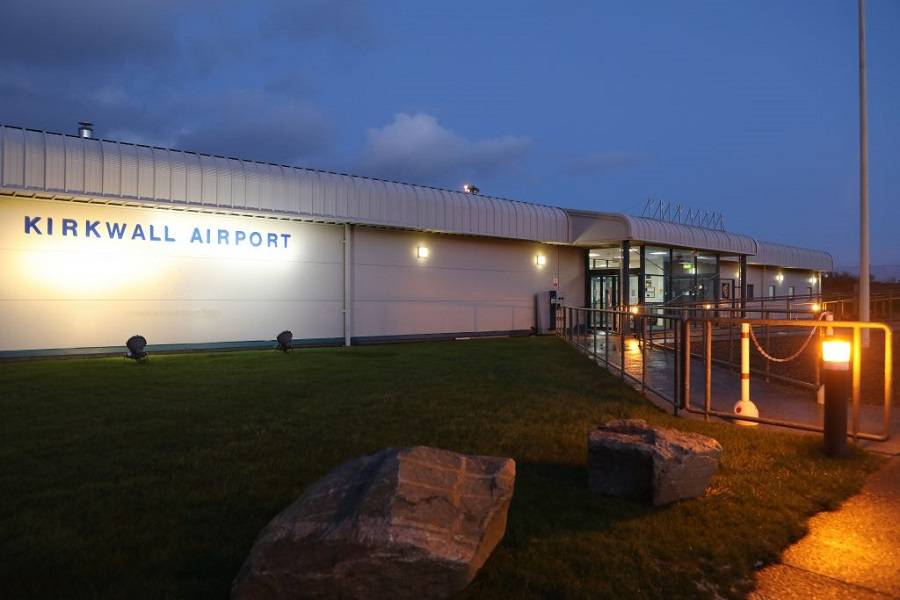
But beyond the needs of the communities themselves, this part of the UK has relatively little aviation traffic. This makes it suitable for testing purposes. And even going beyond environmental concerns, there’s a good argument that the place fits low-carbon aviation – for testing and beyond. That is because the types of aircraft involved in such initiatives, fit the needs of the region.
There is considerable debate with regards to the potential scale of electric, hydrogen and other forms of low-carbon aviation. ‘Scale’ meaning aircraft size, and passenger count. Right now, the biggest aircraft LoganAir operates in the region are two ATR-72s. The bulk of their fleet consists of Embraer ERJ-135/145s and Saab 340Bs. They also operate smaller DHC-6 Twin Otters, and Islanders.
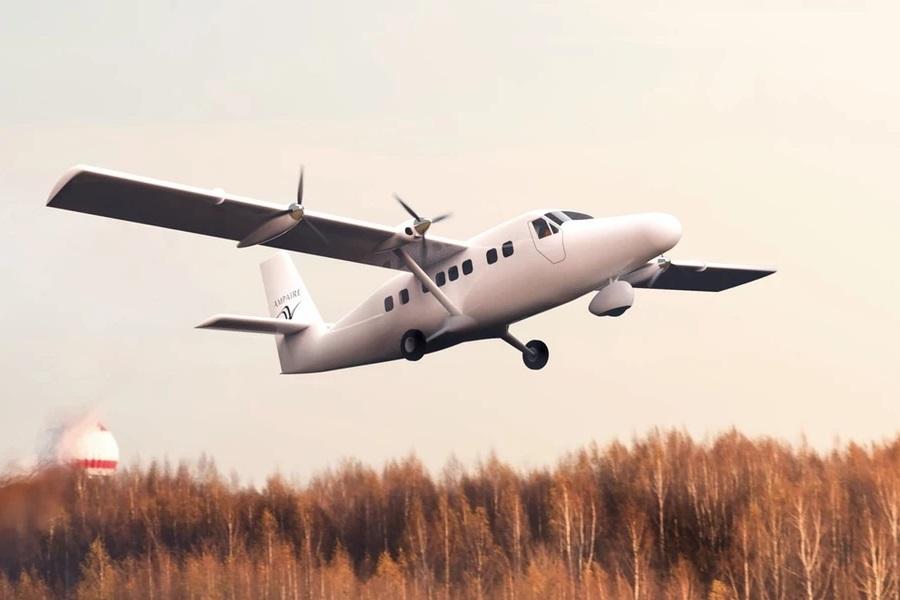
The Right Place For Low-Carbon Aviation?
Clearly then, the initial goals we see from low-carbon aviation testing, fit the needs of the region rather well. This is partly why the Highlands and Islands Airports Limited (HIAL) decided to lead the £3.7 million SATE project. In addition to manned aircraft, the site at Kirkwall airport will also serve to test drones that can make medical deliveries. Part of the funding for the project comes from UK Research and Innovation (UKRI).
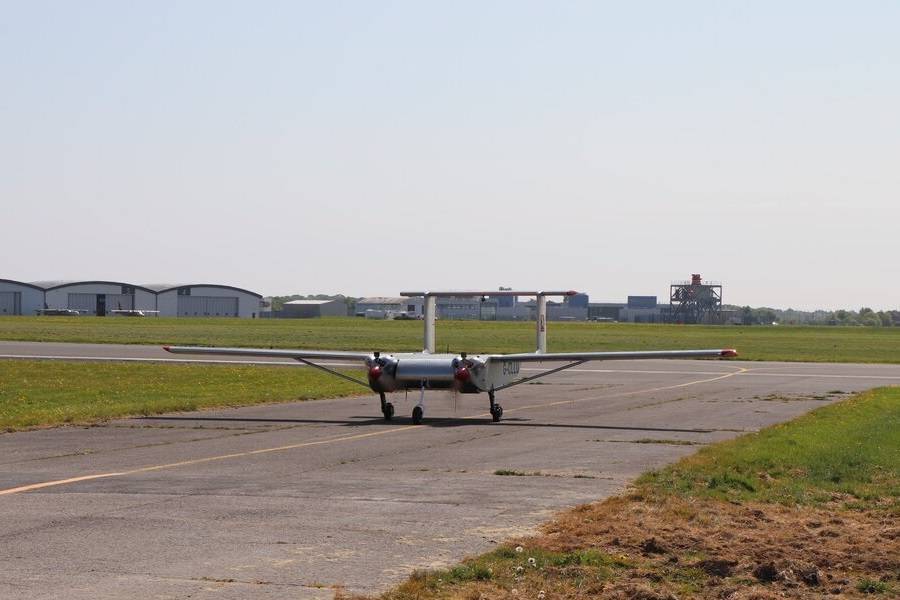
Partners in the low-carbon aviation testing project will include The University of the Highlands and Islands. There are also transport, administrative and council-level participants in the region. And as far as companies with things that require testing, there are already some interesting participants. They include ZeroAvia, with their hydrogen fuel cell demonstrator. There is also Ampaire, whose testing planes include a hybrid electric Twin Otter. That’s in addition to their current Cessna 336-based ‘Electric EEL’.
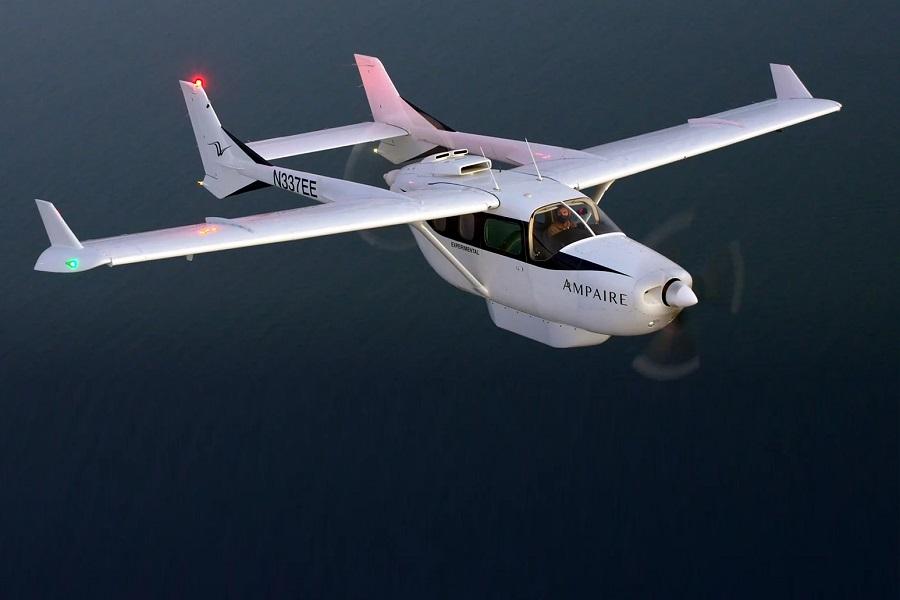
There are also some participating low-carbon and zero-carbon UAVs, that would benefit from an aviation testing site. They include WindRacer, a project aiming to provide the means to send medical and humanitarian supplies to remote communities. They are working with a team of engineering and design students from the University of Southampton.
Companies And Communities
Other sponsors include FlareBright, an unpowered mini-UAV, and LoganAir. The airline and other partners are looking at low-carbon aviation solutions like Sustainable Aviation Fuels (SAF). HIAL managing director Inglis Lyon, said about the project:
“Project SATE will place the Highlands and Islands at the vanguard of the adoption of next-generation aircraft and spearhead the aviation industry’s response to climate change.
“The project will identify the necessary supply chain and people skills to support the development and testing of the new technologies, with the aim of developing a Highlands and Islands sustainable aviation sector, stimulating inward investment and local supply chain opportunities.”

So, this low-carbon aviation testing project will be a chance for the local community to get involved. On the one hand, many of the projects in testing be relevant to the region’s needs. But going beyond that, there is the prospect for high future demand for these technologies. So the potential for high-skill, high-demand jobs in the region, combined with regional university involvement, bodes well for development.
Finally, the project will look at the potential for zero-carbon airport infrastructure. In remote islands with limited resources, such developments always come in handy. And should the low-carbon aviation programme succeed overall, there is interest in studying the impact of this success to the community.
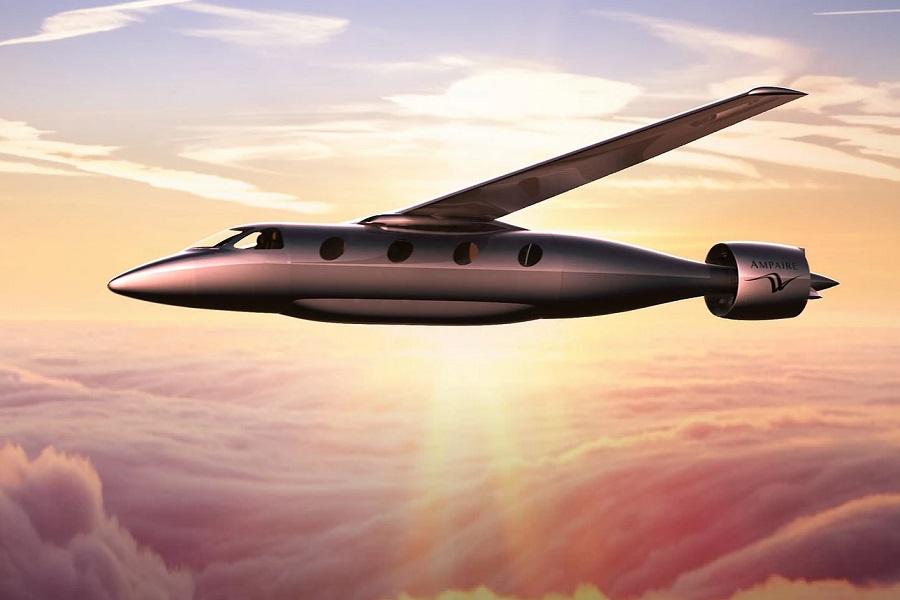
Britain is already an active part of the world, in terms of aviation. So it will be interesting to see how initiatives like this might boost its position, in the near future. The programme’s initial duration will be 18 months. But hopefully, it will extend well beyond that.



